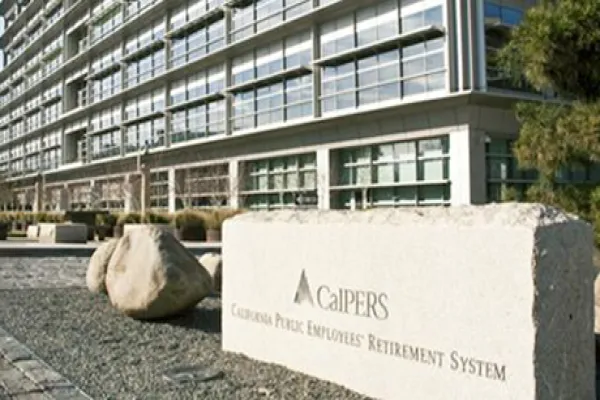The illiquidity premium may not exist.
Although private equity and other alternatives may be a better choice than the public markets when it comes to diversification and the potential for higher returns, they also require investors to put their money into funds that have lives ranging from seven to ten years or longer. To compensate for the risk, academics and practitioners have argued that investors earn a so-called illiquidity premium over similar publicly traded stocks, which can be sold any time.
But after all the analysis is done, there’s little evidence for such a premium.
Michael Hunstad, chief investment officer for global equities at Northern Trust Asset Management in Chicago, argues that the lack of proof of the premium’s existence makes sense. He questions why investors should expect to get extra compensation for an inconvenience and risk that has been well advertised. Home buyers, for example, don’t earn a premium for locking up their money in an illiquid house that can’t be immediately sold.
“The overarching assumption of alts is that there is this illiquidity premium that you’re earning. If you lock up my money for 10 years, then I get paid for locking up this money,” said Hunstad. “But that doesn’t actually come out in any of the empirical analyses,” he said.
The illiquidity premium is connected to another increasingly controversial issue in private markets: valuation. While investors can check the price of publicly traded stocks any time, their stakes in private equity, real estate, and other private market funds are valued only four times a year.
Hunstad tied the two issues together. He explained that once private assets are marked to market, as opposed to using the four official quarterly valuations, the liquidity premium disappears. Historically, PE is essentially a “levered play on the public market plus this illiquidity premium. But that doesn’t exist. The lack of mark-to-market [pricing] hides it.”
The driver of private equity returns may be something more complex than just a simple compensation to investors for not having access to their cash. Some say that the outperformance comes from leverage, security selection, and the bias toward deep value and smaller companies.
Jeffrey Knupp, president of DSC Quantitative Group, said, “Most recall that financial theory suggests an investor should be compensated for locking up their money. As a result, over time investors simply assumed that any outperformance of PE relative to public stocks must be due to this illiquidity premium.” DSC created private equity and venture capital benchmarks that track the gross performance of these industries, as well as investable indices that can be used to create a portfolio.
“I think about it a little bit differently — it’s really more of a ‘control premium,’” Knupp said. He explained that when a PE manager takes a company private, that manager has access to a different — and more expansive — set of tools for effecting changes than another manager would with a publicly listed company. “Even the most aggressive activist would require time to seek and obtain consensus for change. In a private company, material changes can be made overnight — including changes like deciding to merge companies or hiving off divisions, etc. Substantive decision-making and actions can be taken much more swiftly, and will hopefully lead to positive business outcomes,” said Knupp.
John Bowman, executive vice president at the CAIA Association, an organization that offers a charter for professionals in alternative investments, maintains that the academic research has suggested that there is some premium in privates against a public markets proxy. “That’s a real thing; whether it’s 2, 3, or 4 percent, I’m not sure.” But he said investors continue to allocate larger amounts to private markets, in part because there’s been a wholesale change in capital formation. Companies can now stay private forever if they want, he said, adding that the size of the premium may change as the sector continues to attract capital. “My hunch is that it will dissolve, just as the appetite for alternatives is growing. I wouldn’t be surprised to see it disappear,” he said, adding that all investments undergo an evolution as they are discovered and competition increases. “But it never should have been about the premium,” he said.
Hunstad argues that the conventional wisdom in the industry is hard to counter and can distort both the amount of risk that investors take and their asset allocations. The illiquidity premium, he said, exists — just not in private markets. It’s available in certain parts of the public markets, such as small-cap and some foreign markets.
It’s all about expectations.
“I contend that you only get paid an illiquidity premium in markets where you expect liquidity but don’t achieve it.” Buying or selling big positions in small companies can take weeks or months to be completed. “If a stock becomes illiquid, you absolutely get paid a premium for that because you expect liquidity and you can’t get it.”
But in PE or real estate, “everybody knows you’re in it for the long term,” he said. “It’s not a mystery.”







